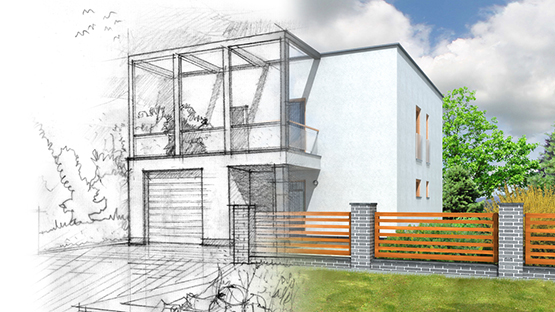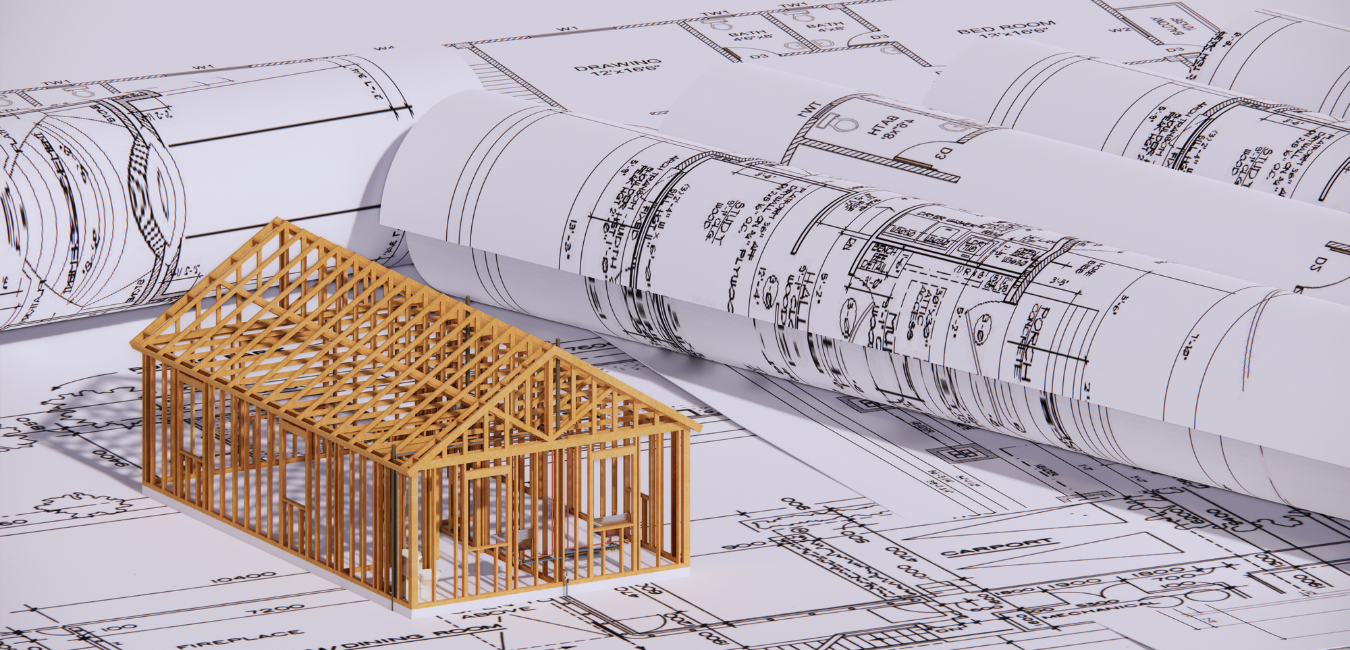The Creative Process Behind Successful Tasks from CDA Architects
The Influence of Technological Innovations on the Design Practices of Contemporary Architects
The quick evolution of technical devices has considerably improved the layout landscape for contemporary designers, cultivating unprecedented levels of technology and sustainability. Exploring these dynamics discloses a nuanced interaction between innovation and traditional design techniques, prompting a better exam of what the future holds for architectural methods.
Advancement of Architectural Tools
Exactly how have building tools transformed the layout and building procedures over the centuries? The evolution of architectural tools has actually dramatically impacted the effectiveness, precision, and creative thinking of layout and construction. In ancient times, engineers depend on simple tools such as plumb bobs, gauging rods, and basic geometry to produce frameworks. These tools laid the structure for very early building technique, enabling the building of legendary frameworks, albeit with limitations in accuracy and intricacy.
With the development of the Renaissance, the intro of the compass and the protractor noted an essential shift. These devices made it possible for engineers to accomplish higher accuracy in their designs, facilitating the appearance of even more complex and proportional structures. The Industrial Change additionally transformed architectural experiment the intro of mechanical tools and products, permitting larger and much more enthusiastic jobs.
In the 20th century, the growth of computer-aided style (CAD) software changed the landscape once more, giving designers with unprecedented capacities in modeling and visualization. Today, advanced devices such as Building Info Modeling (BIM) and parametric design software application remain to push the borders of architectural innovation, allowing an extra integrated strategy to design and building and construction processes.
Improved Collaboration in Layout
As innovation proceeds to evolve, boosted partnership in design has come to be a cornerstone of modern building technique. The combination of digital tools such as Structure Information Modeling (BIM), cloud-based systems, and progressed visualization software application has actually transformed the method engineers, engineers, and stakeholders communicate throughout the layout process. These devices facilitate real-time communication, permitting teams to share ideas, adjustments, and feedback immediately, regardless of geographical place.

In addition, interdisciplinary partnership has been streamlined through these technical improvements, making it possible for engineers to work much more closely with other specialists, such as city organizers and ecological professionals. The outcome is a much more cohesive method to design that considers numerous viewpoints and proficiency. Ultimately, boosted collaboration in design is not just a pattern; it is vital for creating innovative, useful, and aesthetically pleasing architecture in a progressively complicated world.
Sustainability Through Innovation
Sustainability in architecture has actually progressively ended up being linked with technological innovation, driving the market towards ecologically responsible methods - cda architects. Contemporary engineers are leveraging sophisticated technologies to lessen ecological influence while boosting the performance of structures. One noticeable example is using Building content Info Modeling (BIM), which enables exact preparation and source allocation, decreasing waste during building and advertising power performance throughout a structure's lifecycle
Moreover, smart materials and energy-efficient systems are being integrated into designs to optimize resource a fantastic read usage. Technologies such as solar batteries and eco-friendly roof systems harness sustainable power resources, adding to reduced carbon footprints. Additionally, the application of expert system in layout procedures makes it possible for engineers to replicate and examine power usage, directing decisions toward more lasting end results.
The combination of sustainable innovations not only aligns with global environmental objectives yet additionally satisfies a boosting demand from consumers for environmentally friendly services. As architects embrace these developments, the focus changes in the direction of producing areas that are not only cosmetically pleasing however likewise functionally sustainable, therefore redefining the requirements of contemporary design. This way, modern technology works as a driver for sustainability, enabling designers to develop buildings that regard and improve the native environment.
Challenges in Implementation
While technical innovations in design hold terrific guarantee for boosting sustainability, their execution typically experiences significant obstacles - cda architects. One main barrier is the high knowing curve related to new modern technologies. Architects and construction specialists may call for comprehensive training to effectively make use of sophisticated software and tools, which can postpone job timelines and enhance costs
In addition, the integration of arising technologies, such as Structure Info Modeling (BIM) and sustainable materials, often requires collaboration throughout multidisciplinary teams. This collaboration can be prevented by differences in knowledge, process, and communication designs, resulting in possible conflicts and ineffectiveness.
Financial restraints even more why not try these out make complex the fostering of innovative technologies. Numerous building companies, particularly smaller ones, might do not have the resources to purchase advanced devices, limiting their capability to compete with larger companies that can pay for such financial investments.
Additionally, governing structures and building ordinance might not equal technical advancements, creating ambiguity and possible conformity concerns. This obstacle can inhibit engineers from totally accepting brand-new innovations, as the danger of non-compliance may exceed the benefits. Resolving these implementation challenges is essential for the successful combination of technical improvements in modern building practices.
Future Trends in Style
The obstacles connected with the implementation of new technologies in design have actually triggered a reevaluation of future patterns within the market. As architects navigate problems such as sustainability, urbanization, and social equity, they are significantly taking on cutting-edge modern technologies to boost layout efficiency and ecological efficiency.
One noticeable trend is the integration of expert system (AI) in the design process. AI devices can examine huge datasets to notify design decisions, enhancing both creativity and performance. Building Details Modeling (BIM) continues to advance, enabling real-time cooperation among stakeholders and helping with structured project monitoring.
Sustainable style practices are additionally acquiring energy, with architects concentrating on adaptive reuse and regenerative style principles that decrease resource intake and waste. The consolidation of clever materials and renewable resource sources will certainly additionally enhance the strength of buildings in the face of environment change.

Conclusion
Technical developments have significantly improved building design practices, helping with improved precision, collaboration, and sustainability. The integration of tools such as Structure Information Modeling and parametric layout software, together with synthetic knowledge and clever materials, equips architects to deal with intricate challenges a lot more effectively.